Ron Dekel
ImageNet-trained deep neural network exhibits illusion-like response to the Scintillating Grid
Aug 05, 2019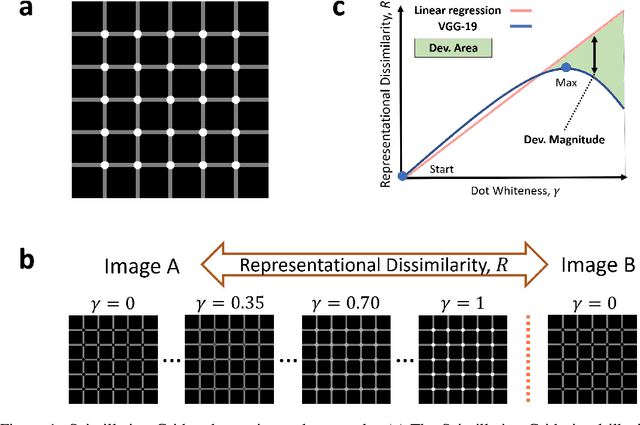
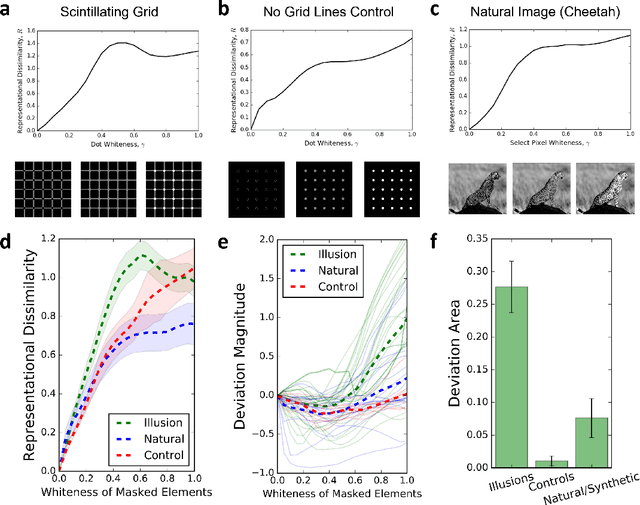


Abstract:Deep neural network (DNN) models for computer vision are now capable of human-level object recognition. Consequently, similarities in the performance and vulnerabilities of DNN and human vision are of great interest. Here we characterize the response of the VGG-19 DNN to images of the Scintillating Grid visual illusion, in which white dots are perceived to be partially black. We observed a significant deviation from the expected monotonic relation between VGG-19 representational dissimilarity and dot whiteness in the Scintillating Grid. That is, a linear increase in dot whiteness leads to a non-linear increase and then, remarkably, a decrease (non-monotonicity) in representational dissimilarity. In control images, mostly monotonic relations between representational dissimilarity and dot whiteness were observed. Furthermore, the dot whiteness level corresponding to the maximal representational dissimilarity (i.e. onset of non-monotonic dissimilarity) matched closely with that corresponding to the onset of illusion perception in human observers. As such, the non-monotonic response in the DNN is a potential model correlate for human illusion perception.
Human perception in computer vision
Jan 17, 2017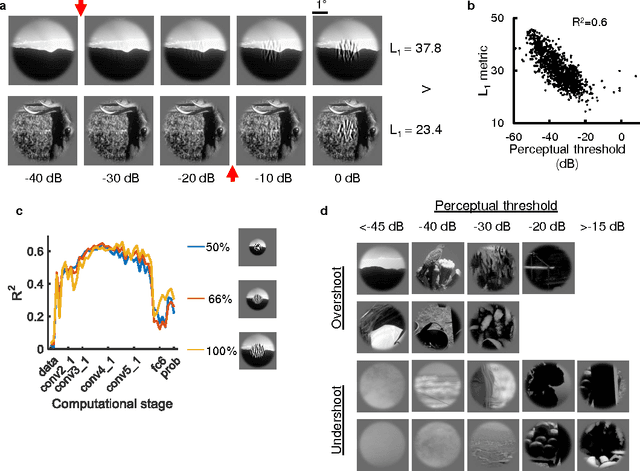
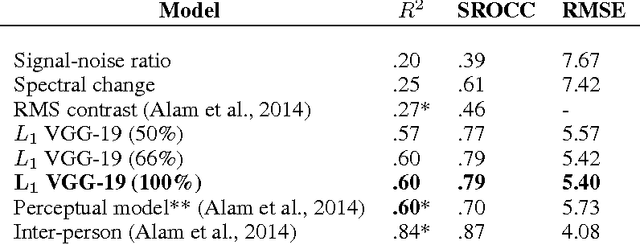
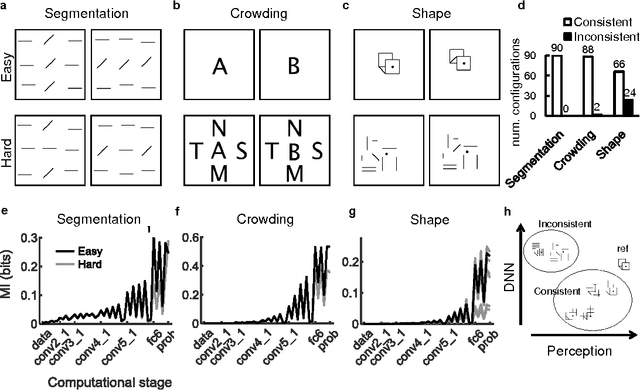

Abstract:Computer vision has made remarkable progress in recent years. Deep neural network (DNN) models optimized to identify objects in images exhibit unprecedented task-trained accuracy and, remarkably, some generalization ability: new visual problems can now be solved more easily based on previous learning. Biological vision (learned in life and through evolution) is also accurate and general-purpose. Is it possible that these different learning regimes converge to similar problem-dependent optimal computations? We therefore asked whether the human system-level computation of visual perception has DNN correlates and considered several anecdotal test cases. We found that perceptual sensitivity to image changes has DNN mid-computation correlates, while sensitivity to segmentation, crowding and shape has DNN end-computation correlates. Our results quantify the applicability of using DNN computation to estimate perceptual loss, and are consistent with the fascinating theoretical view that properties of human perception are a consequence of architecture-independent visual learning.
 Add to Chrome
Add to Chrome Add to Firefox
Add to Firefox Add to Edge
Add to Edge